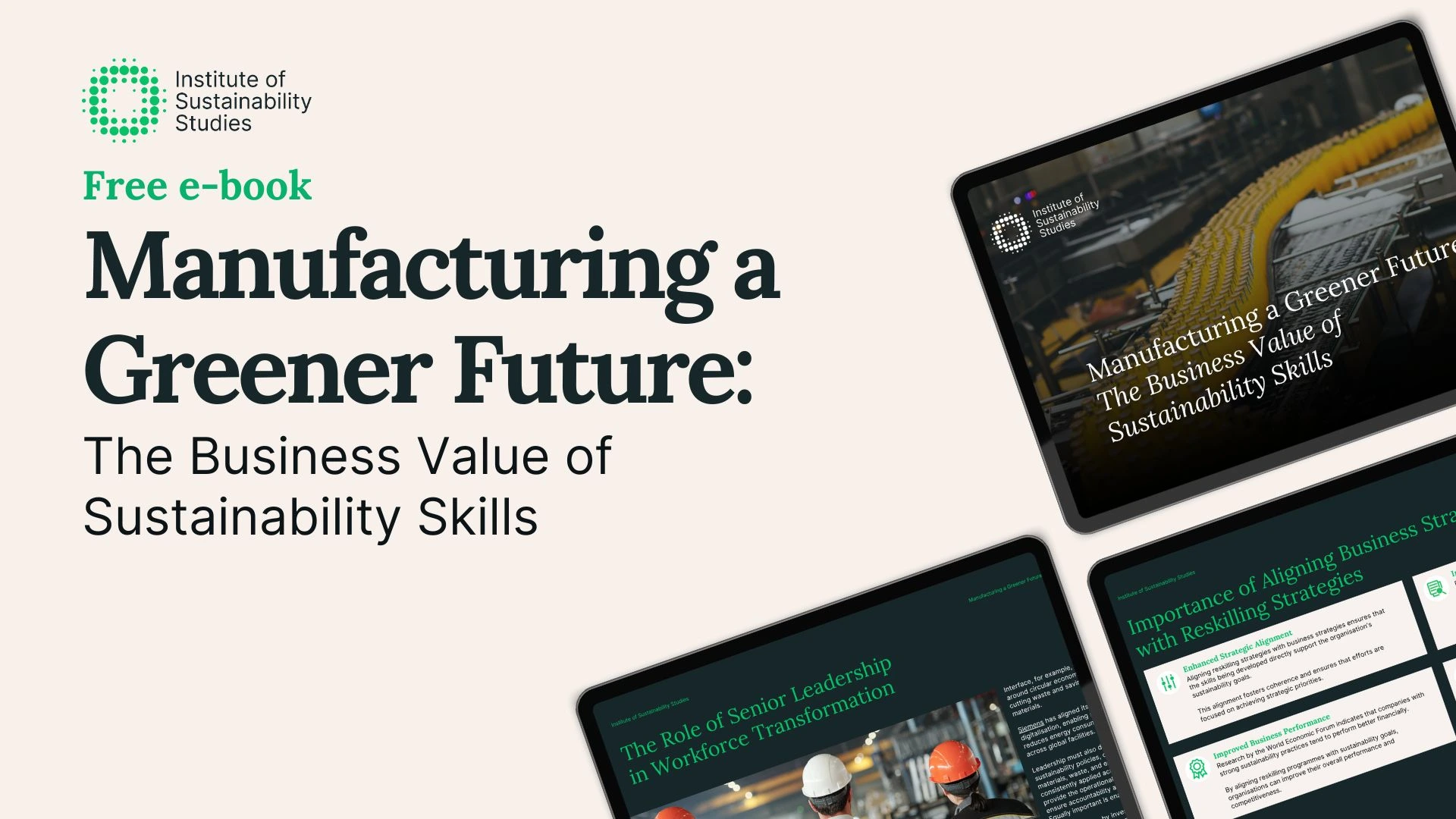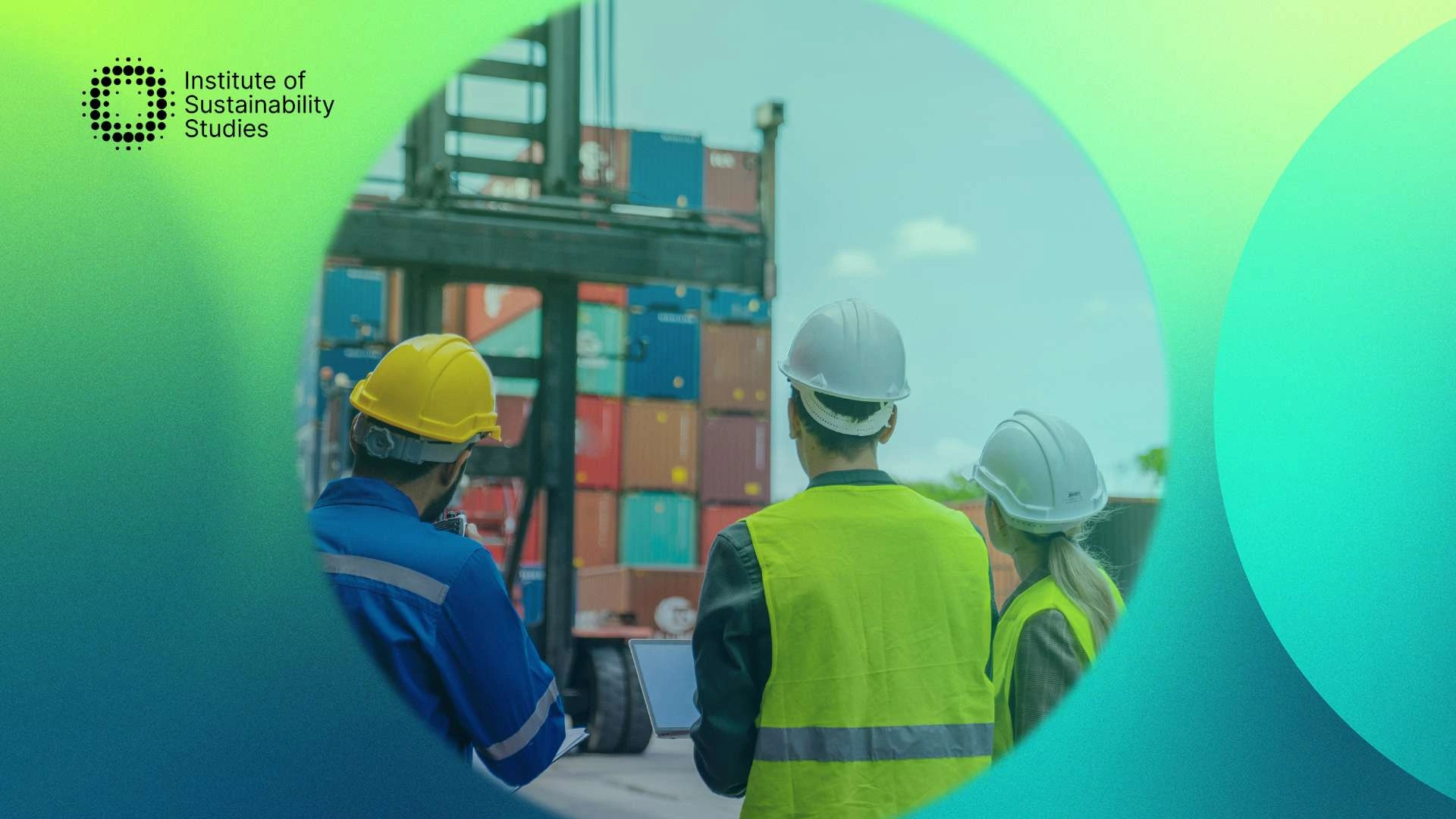The ability to achieve net-zero is not just about reducing greenhouse gas emissions but also about removing the CO2 that is currently in our atmosphere. Integrating a robust business sustainability strategy is essential to meet the targets called for in the Paris Agreement, which stipulate emissions must be cut by 45 percent by 2030, and we need to reach net zero by 2050. The science illustrates that to avert the worst effects of climate change and maintain a livable, vibrant planet, worldwide temperature increase must be limited to 1.5 degrees Celsius.
Transitioning to net zero will be one of our greatest challenges; it will transform how we produce, consume, and lead our daily lives. Cities, companies, nations, and global organisations are joining together to commit to achieving net-zero emissions. To monitor the credibility of these pledges, the UN has set out a new framework. Below we discuss what net zero means for businesses and how the new framework will affect businesses.
What is net-zero carbon?
Net-zero carbon refers to achieving a balance between the carbon emitted into the atmosphere and the carbon removed from it. This balance known as net zero will occur when the amount of carbon we add to the atmosphere is no greater than the amount removed.
To reach net zero, emissions from transport, homes, industry, and agriculture will have to be greatly reduced. These sectors will have to cut the amount of carbon they pump into the atmosphere. In some areas, such as aviation, it will be too expensive or challenging to cut emissions entirely.
These emissions known as ‘residuals’ will have to be removed from the atmosphere either by being extracted using technologies or changing how we utilise our land so it can absorb more carbon dioxide. Our deadline to reach net-zero carbon is 2025, and to make this happen, considerable changes need to occur before 2030.
If we reach net zero globally by 2050, the Committee on Climate Change has advised there would be a 50 percent chance of avoiding a catastrophic 1.5 degrees Celcius temperature rise by the year 2100. The earliest realistic deadline for achieving net-zero emissions is 2050, which strikes a compromise between the necessity for action now and the unavoidable effects on the economy.
How to achieve net zero emissions
The road to net zero begins with calculating emissions across scopes 1, 2, and 3, developing decarbonisation pathways until 2030, setting science-based targets, and gradually moving towards long-term carbon storage, sequestration, and capture for those emissions that cannot be reduced. We require quick and effective climate action if we are to attain net-zero emissions by 2050.
We are nearing the critical threshold of 1.5 degrees Celcius increase in global temperature, so the focus will now be on businesses and governments to lead the change in discovering how to achieve net-zero emissions. A range of strategies exists for businesses to adopt science-based targets to drive progress towards net zero and reduce missions.
In saying that, it is vital that these pledges are put into action and not merely greenwashed. When it comes to becoming a net zero business, however, there are a number of steps to take. The first is to undertake an emissions inventory and determine the emissions within the full value chain of your business – Scopes 1, 2, and 3. Scope 3 can be the most difficult to assess but are generally the biggest source of emissions for any business.
Using this baseline, you can establish near and long-term science-based net zero targets and create a net zero strategy. Following this, you should set net-zero targets and then work to reduce your emissions. Reducing emissions within your value chain is the most important. This reduction can be achieved through increased stakeholder collaboration, efficiency measures, investments in business transformation, and renewable energy.
You must reduce emissions by their entire amount (90–95%) and then offset the remaining portion (5–10%) by initiatives that remove carbon from the environment in order to be able to claim net zero. With the urgency of climate change, though, we also must protect existing carbon sinks and drive sustainable development globally. Therefore, it is vital to strike that balance between offsetting and reducing emissions.
Moving to net zero is a challenging journey but one that is very worthwhile. Not only is it good for the environment, but it’s also good for business. Whilst your target may be far into the future, acting now means effective action. You will be able to reduce costs, improve efficiencies, and drive innovation. In addition, having science-based targets, verified by the SBTi, illustrates that your net-zero targets are credible and align with the most recent science. Communicating your net-zero efforts will allow you to build competitive and reputational advantages, too.
What is the new UN Framework for Net-Zero Commitment?
To enhance the credibility and implementation of net-zero plans among financial institutions, cities, businesses, and other organisations, the United Nations established a High-Level Expert Group on the Net-Zero Emissions Commitments of Non-State Entities. This group is tasked with developing stronger and clearer standards for net-zero emissions pledges by these non-State actors and accelerating their execution. The draft guidelines for this new framework, detailing its application, were published on June 4th by the secretariat of the UN Framework Convention on Climate Change.
The implementation plan will establish a process to assess voluntary net-zero commitments from non-state actors. This will inform the worldwide stocktake occurring at COP28. The stocktake is set to happen every five years, beginning in 2023, to analyse the world’s response to the environmental crisis. It measures progress in adapting to and mitigating climate change and what more must be completed to meet the goals of the Paris Agreement.
The new framework is a landmark accountability and recognition framework for non-Party stakeholders, and the purpose behind it is to give enhanced recognition to those stakeholders delivering on commitments. Additionally, to recognise those pursuing transparency and aiding to maximise the credibility of climate action plans and commitments by sharing progress.
The UN can showcase best practices through this recognition but also identify the systemic challenges that need to be overcome to allow for credible climate actions to be aligned with the Paris Agreement goals. This is a response to the secretariat’s request from the Parties at COP27 for increased responsibility for voluntary activities. The complete roll-out of this framework over the next few years is a daunting task but a crucial one for ensuring the number of commitments expands and that they are also credible.
Summary
The new UN framework will require businesses to disclose progress with their net-zero pledges. This increased transparency will help businesses better monitor their own progress toward their goals and also enable them to be recognised for their efforts. Their best practices will be highlighted to help other businesses address net zero, too.
Transitioning to net zero will positively affect everyone and also help greatly in reducing CO2 emissions so that we can be better positioned to achieve the goals of the Paris Agreement. There remains a lack of education and understanding around sustainability, and this can be a barrier for businesses to get involved in climate action. The environmental and business case for sustainability has never been stronger.
Take the next step in your net-zero journey with our CPD-certified Certificate in Decarbonisation: Achieving Net Zero—an online course designed to help you set credible targets, build an actionable strategy, and lead meaningful climate action with confidence.










